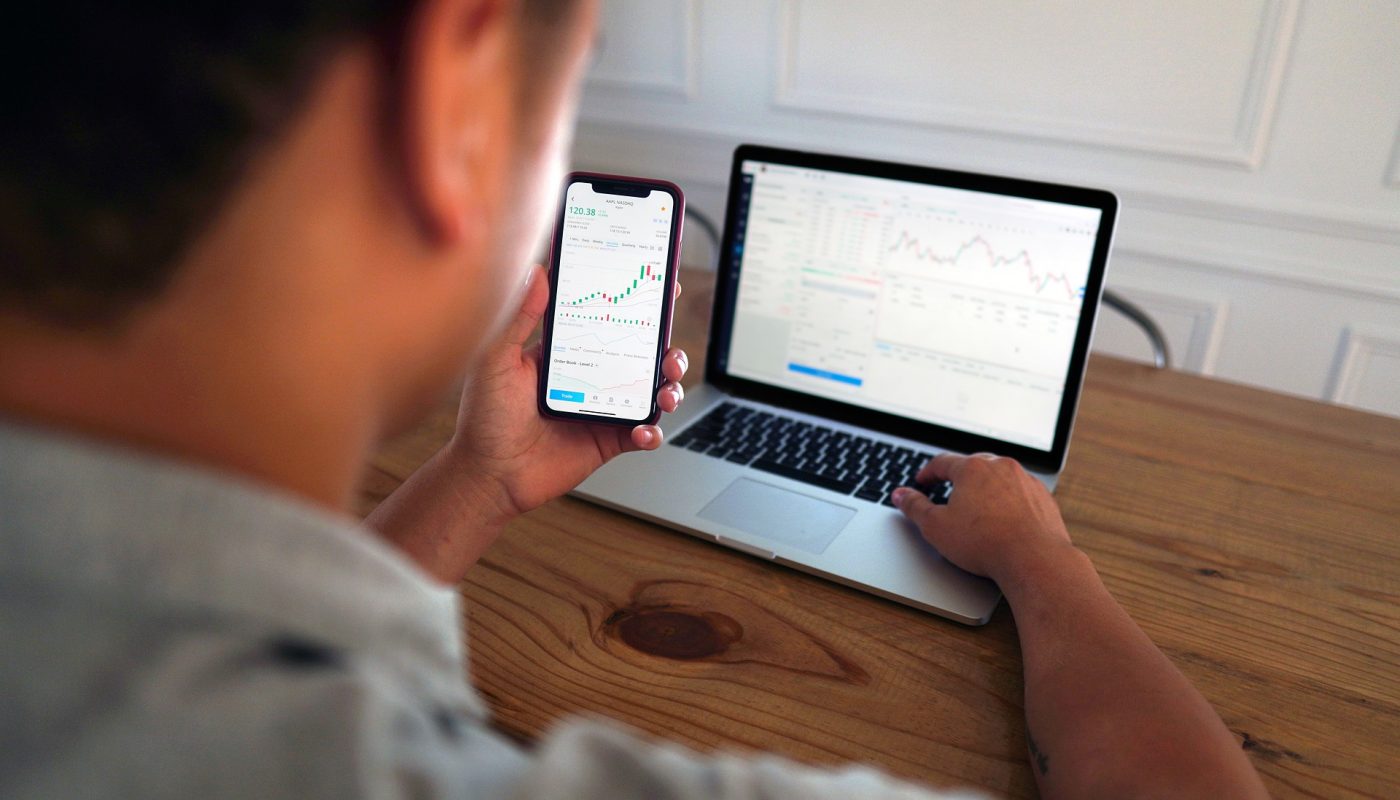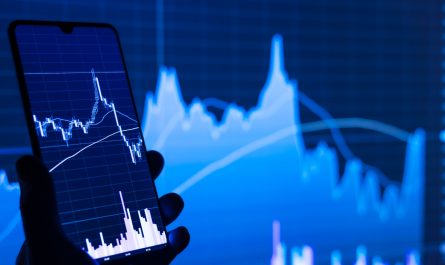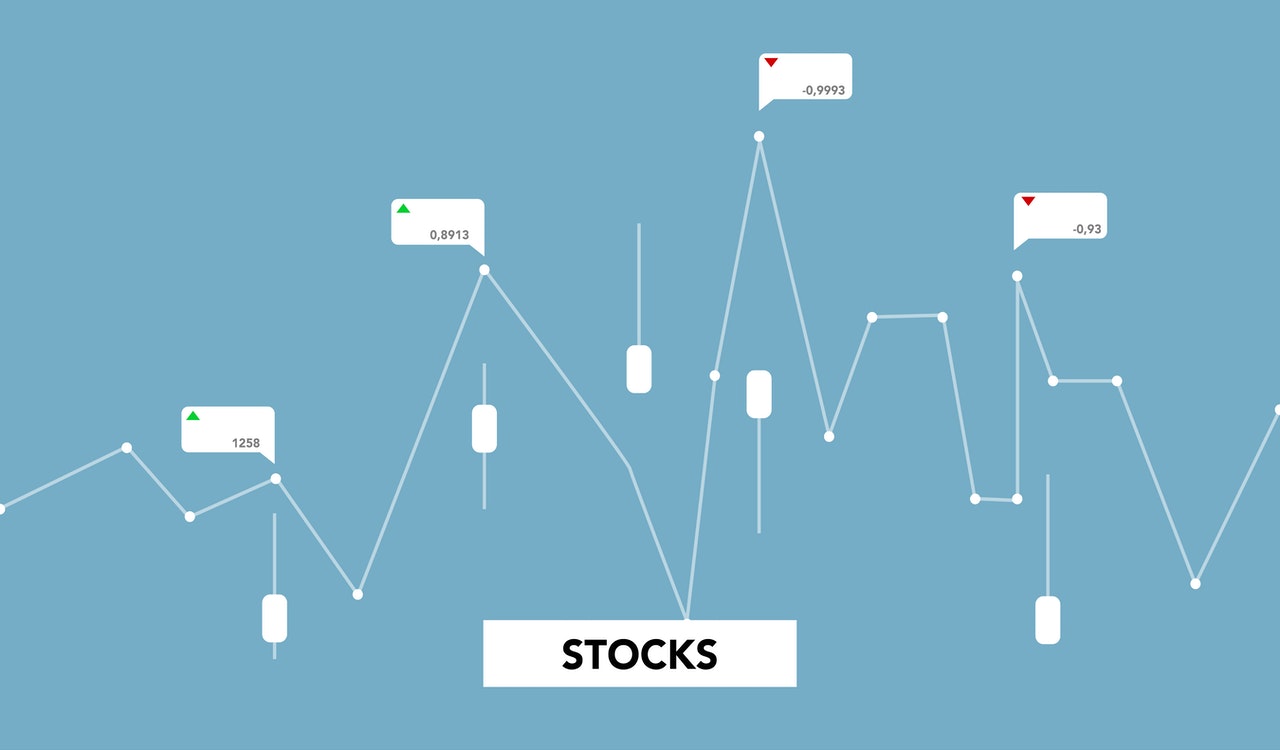What are CFDs?
First, know what you’re getting into. CFD stands for contracts-for-difference; they are financial derivatives that act as the other side of someone’s bet on any financial asset (stocks, bonds, etc.)
They aren’t like traditional investments like stocks or mutual funds, where you buy fractions of an actual asset and own it. Instead, owning a CFD means you hold onto money at all times with no chance of ever actually owning actual stock. This is because when you purchase a CFD, your “bet” is against another investor who believes the value of the underlying asset will go up or down.
Example:
You can think about it like this: let’s say Bank A wants to sell their stocks to Bank B because they need cash urgently. Bank B is okay with this, but they want to protect themselves from a loss just in case the stock value declines. In this case, both parties agree that if the stocks go down, the buyer will pay whatever difference exists between its current price and what it was when Bank A sold them.
For example, let’s say Bank A agrees to sell a share of a company worth $100 for $90. If a month later the share is selling for $120, then Bank A has made a profit of $20 on each share they have sold. But what happens if two months have gone by and the share price has only increased to $110? Then, Bank B would owe additional money equal to the difference between these prices ($110 – $100 = $10), which is $10 per share.
CFDs are leveraged products.
The most important thing to remember about CFDs is that they are a leveraged product, meaning you only need to put down a small percentage of the total value of the stock to control it.
This means if one share of a company was worth $100 and you purchased it with just $5, your profit would be the same as if you had purchased 100 shares using your entire initial balance. Leveraging can also work in reverse, though, meaning that while your gains may be more significant, so too are your losses.
It works this way because while you might only be putting down 5% of each purchase when it comes time for your bet to pay off, you receive whichever is higher: the actual price of the stock or whatever value you had set.
Trading with leverage
The final thing to consider before opening a CFD account is that they usually involve trading with leverage. This means that you need to put down a small percentage of the total purchase and that, just like in our example above, your gains are based on whatever bet you make multiplied by how much money has been put up.
Example:
Let’s say hypothetically; each CFD trade costs $100 plus 5% buy-in with a leverage rate of 1:10, meaning your bets are ten times as powerful as your initial deposit. If you want to bet on something going up, then this would be great because it means that if you put down just $100, you could potentially control a value of up to $1,000.
However, if you’re wrong and the price starts going in the opposite direction, then your bets work against you because they are ten times as powerful. In this case, if the stock still went down even though you put up a total of $1,000, it would mean a total loss equal to ten times that amount or a total of $10,00o which is most likely more money than you have.
In conclusion
Therefore, knowing what CFDs are and how they operate is an essential first step before deciding whether or not they’re suitable for your needs. It’s also important to carefully consider leverage ratios and know precisely how much money it will add or take away from the total value of your trades.




